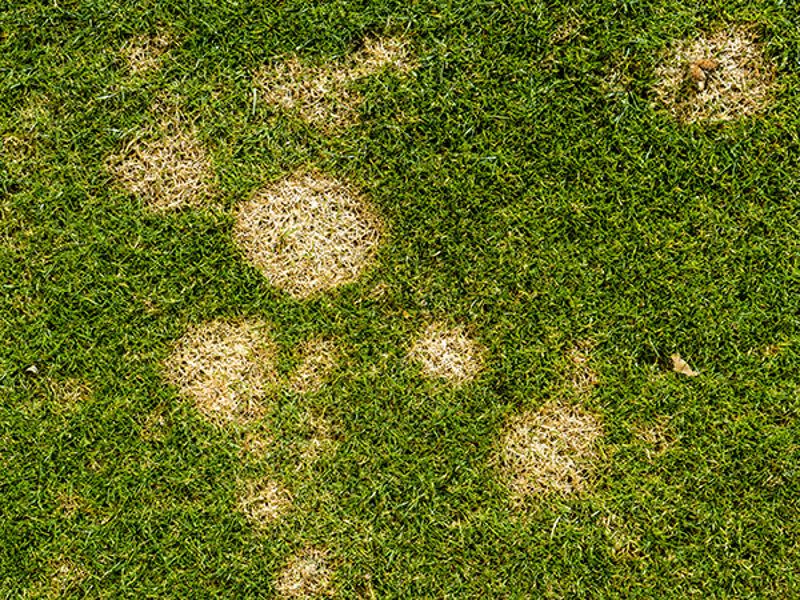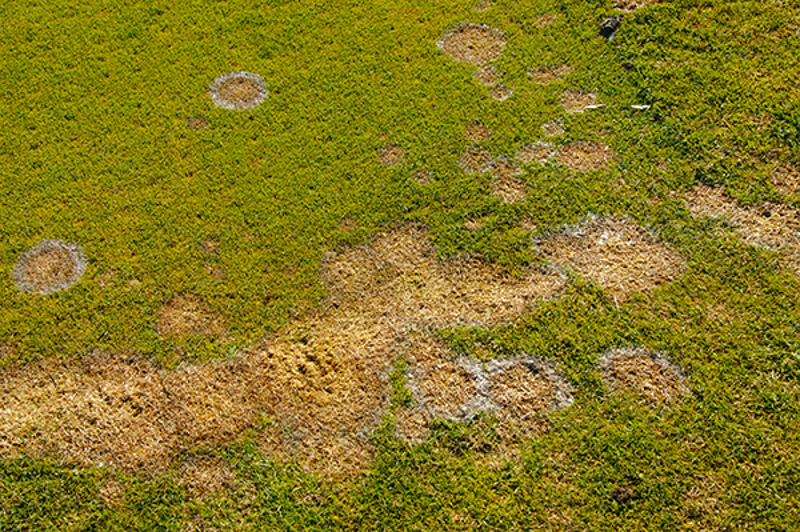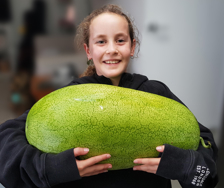Yates Account
Join now
Create a Yates account today!
Sign up to join the Yates Garden Club for monthly e-mails packed with seasonal inspiration, tips for success & exclusive promotions.
Plus if you’re a Garden Club member you can take part in the Yates Growing Community - a blog to share successes, get advice & win prizes in fun challenges along the way!

Forgot password
Enter the email address associated with your account, and we'll email you a new password.
Microdochium nivale

What is Fusarium Patch?
Fusarium Patch is caused by a fungus. It usually occurs in late autumn, winter or early spring while the weather is cool, consistently humid and sunlight hours are limited. The mycelium of the fungus can survive in lawn thatch and soil through the warmer parts of the year, waiting for favourable conditions to begin growing again.
Bent (Browntop) and fine fescue lawns are very susceptible, especially in areas with highly alkaline soil pH.
Symptoms
Small circular patches of slimy wet-looking grass begin to form, with ‘cobwebs’ showing up under dewy conditions. This is the mycelium of the fungus, which is sometimes visible as white rings around the patches. The blighted patches can join up to cover larger areas of lawn.
Affected grass blades quickly turn yellow at the tips, then die off to a pulpy brown colour.

How to protect your plants
Lawns should always be watered in the morning so they dry well before nightfall. If fusarium patch has taken hold, stop all watering until the fungus dies down. Improve lawn drainage, where possible.
Avoid applying high-nitrogen fertilisers in humid and overcast conditions (especially during winter), as it can encourage the fungus to develop.
For smaller lawns, aerate the lawn by spiking it with a garden fork. Simply push the fork in to at least 10cm and wriggle it back and forth to create larger holes. Do this every 10-15cm, working your way around the whole lawn.
Too much thatch can create ideal conditions for fusarium patch, by increasing humidity at the grass roots. Thatch needs to be removed by ‘de-thatching’ or scarifying. It's done by mowing the lawn at a low level (this can be completed over several mows, lowering the mower at each cut) or very vigorously raking the lawn with a strong rake (sometimes called a thatching rake). Lawn scarifier machines are also available from hire merchants.
De-thatching established lawns is best carried out from mid-spring to early summer, so the weather is warm enough to encourage new grass growth.
Plants impacted
- Lawns
- Turf
















Share
Share this article on social media